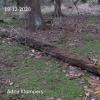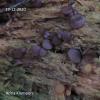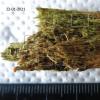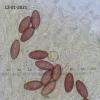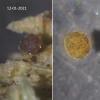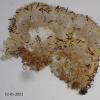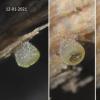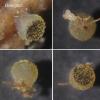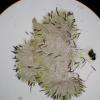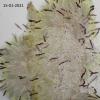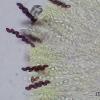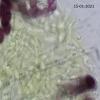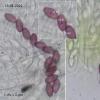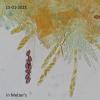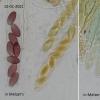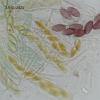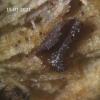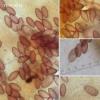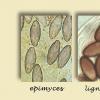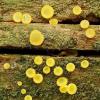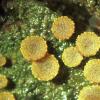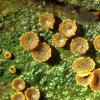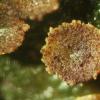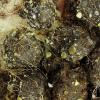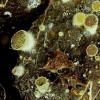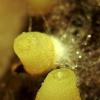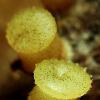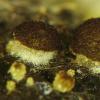
20-08-2025 19:04
Ethan CrensonHello, This asco was found on the same wood as my

22-08-2025 08:41
Masanori KutsunaHello.Can anyone help me to get this article?Liu H

21-08-2025 02:18
Stefan JakobssonOn a necrotic section of a living Tilia cordata I

19-08-2025 20:58
Ethan CrensonHi all, Here is what I believe to be a Hymenoscyp

12-08-2025 19:44
Could someone send me a pdf copy of this article?S

18-08-2025 15:17
 Lothar Krieglsteiner
Lothar Krieglsteiner
... on 6.7.25 in a subarctic mire near a small lak

18-08-2025 15:07
 Lothar Krieglsteiner
Lothar Krieglsteiner
.. 20.7.25, in subarctic habital. The liverwort i


Hi Riet,
Some years ago I collected an Ascobolous from a fallen, rotten trunk or branch of Picea. I remember that there was quite a dense colony. This I IDed as Ascobolus lignatilis from Ellis and Ellis and is the only lignicolous species in that reference. It does seem quite close to foliicola both macroscopically and microscopically but with a different habitat preference. Is epimyces a soil-dwelling species?
Best wishes,
Charles.

Nice pictures ! Rather agree with Charles for A.lignatilis. In my opinion, A.epimyces has more pointed spores at the ends with a more dense ornamentation, and A.lignicola an on average larger spore width with a more reticulate ornamentation.
Michel.

I have no experience of A. epimyces but based on Brummelen's description the latter has more fusoid ascospores with anastomosing ridges. This is not the case in the ascospores of your collection.
This is not a common species.


Hi again Riet,
Thanks for the reference-have just had a look and the fusoid spores seem characteristic of epimyces.
Charles.

Thank you very much for the beautiful pictures!
For me it's the first species Ascobolus I see, so it's very nice to compare!


